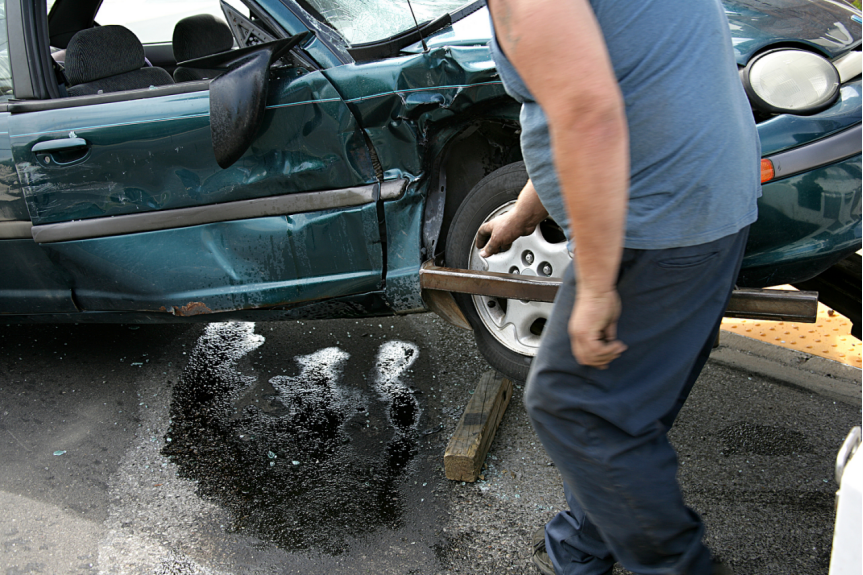Turbocharger common fault solutions strategy (1)
Turbocharger leaking oil
The oil consumption is large, the exhaust smoke color is normal, and the power does not drop.
Check whether the external oil pipe of the engine lubrication system, the supercharger inlet and oil return pipes are leaking oil;
Check whether there is organic oil at the exhaust outlet of the supercharger. If there is oil, it can be determined that the sealing ring at one end of the turbine is damaged, and the sealing ring should be replaced.
The oil consumption is large, the exhaust emits blue smoke, and the power does not drop.
Open the air outlet of the compressor or the straight intake pipe of the engine to see if the oil is adhered to the nozzle and the pipe wall. If so, please check whether the oil return pipe of the supercharger is unobstructed. If it is not smooth, it is caused by excessive oil accumulation at the intermediate support, and the oil return pipe should be dredged and then installed. If it is unobstructed, it is caused by the damage of the sealing ring or the oil throwing ring at one end of the impeller, and the supercharger should be disassembled for repair.

The oil consumption is large, the exhaust emits blue smoke or black smoke, and the power drops.
This is generally due to the excessive wear of the gap between the piston and the cylinder, the oil rushing into the combustion chamber and being burned, or the air flow encountering greater resistance in the process of being inhaled by the supercharger. The pressure at the compressor inlet is low, causing oil leakage into the compressor and being burned.
At this time, it is necessary to check whether there is oil in the wall of the intake straight hose, and whether it is flattened, so that the airflow is blocked or the air filter element is blocked. If there is oil in the nozzle and the pipe wall, the air filter element should be cleaned or replaced.
